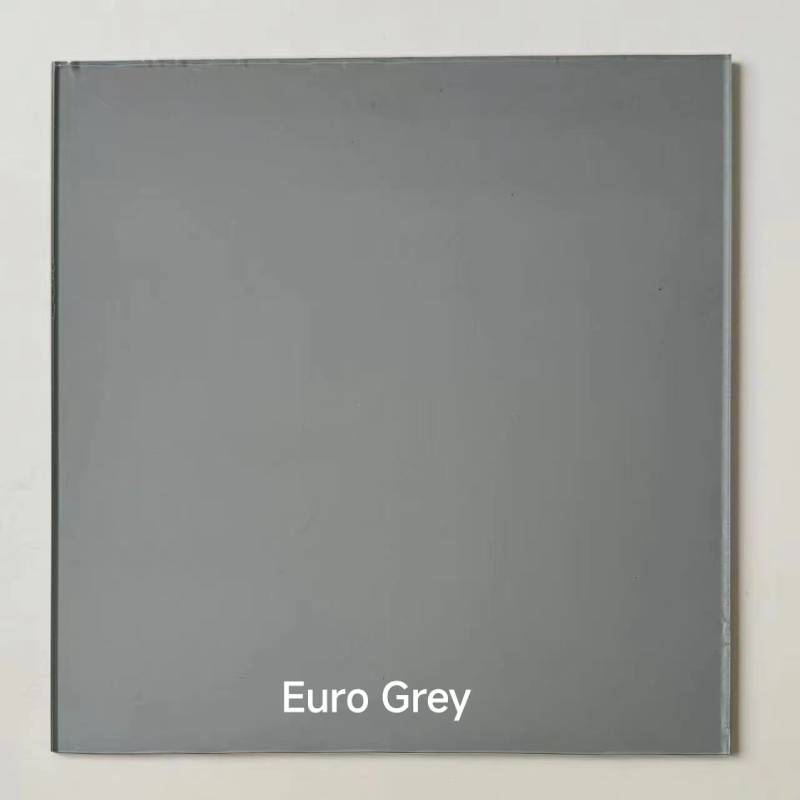

The Wonders of Reflective Float Glass
Reflective float glass has rapidly gained prominence in the construction and design industries, serving as both a functional and aesthetically pleasing material. This innovative type of glass offers a unique blend of optical clarity, energy efficiency, and privacy, making it an ideal choice for a variety of applications, from modern skyscrapers to residential homes.
The production of reflective float glass begins with the float glass process, which involves melting raw materials such as silica sand, soda ash, and limestone. This molten glass is then floated on a bed of molten tin, allowing it to spread out evenly and create a smooth, flat surface. Once cooled, a thin layer of reflective coating is applied, usually composed of metal oxides like silver or aluminum. This reflective layer serves two key purposes it enhances the aesthetic appeal of the glass by providing a sleek, mirror-like finish, and it increases energy efficiency by reducing heat transfer.
One of the most significant advantages of reflective float glass is its ability to enhance energy efficiency in buildings. The reflective coating minimizes solar heat gain, which is particularly beneficial in hot climates where air conditioning demands are high. By reflecting a significant portion of the sunlight that strikes its surface, reflective float glass helps maintain a comfortable indoor temperature, thereby reducing energy costs and lowering the carbon footprint of a building. This energy-efficient capability aligns perfectly with modern sustainability goals in architectural design.

In addition to its energy-saving properties, reflective float glass also contributes to urban aesthetics. Its sleek, modern appearance allows architects and designers to create striking visual impacts in buildings. High-rise structures often utilize reflective glass facades, which can create stunning reflections of the surrounding environment, seamlessly integrating with the cityscape. The glass can also be tinted or customized in various colors, offering an array of design possibilities while still maintaining functionality.
Privacy is another significant benefit of reflective float glass. The reflective coating creates a one-way view effect during the day, allowing occupants to enjoy natural light without sacrificing their privacy. For instance, the occupants of a building with reflective windows can see outside without being visible to passersby. This feature makes reflective float glass a popular choice for offices, hotels, and residential buildings alike, where privacy and light are both paramount for comfort.
Moreover, safety is an essential consideration in any construction project. Reflective float glass is often tempered or laminated, enhancing its strength and durability. This increased resilience not only helps to prevent breakage but also minimizes the risk of injury in the event of an accident. The glass can be engineered to meet various safety standards, ensuring that it is a reliable choice for both commercial and residential applications.
In conclusion, reflective float glass represents a perfect marriage of functionality and beauty in modern architecture. Its energy-efficient, aesthetically pleasing design allows for innovative building solutions that cater to contemporary needs. Whether it is utilized for commercial high-rises or luxurious private homes, reflective float glass proves to be an invaluable resource, redefining standards in both sustainability and design. As architects and designers continue to explore its potential, we can expect to see even more creative applications of this remarkable material in the future.